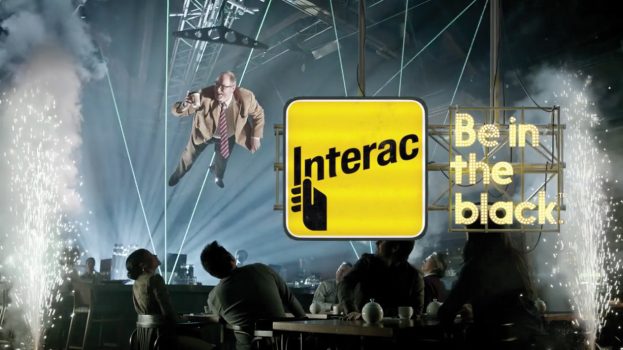There’s a nice branding touch on the new Ferrari 360 GT that makes it an even-more-ideal Christmas gift.
You know the problem! If the people you want to impress with your wealth aren’t esoteric car buffs, they might take your $300,000 GT 360 for, say, a $50,000 Nissan 350 Z. Even Beautiful People can be really, really stupid.
And it’s so gauche to detour your supermodel girlfriend/boyfriend ’round to the rear of the car on a first date and force their attention downwards with a deft knee to the groin so their noses come into smart contact with the Ferrari badge-plate just above the rear licence holder.
So, on the passenger-side door post, there’s a prancing-horse Ferrari emblem, in brilliant yellow, about five inches high, that not even Britney Spears could miss while crouching down for the wobbly knee-bend descent into the butter-soft leather cockpit.
Now that I’ve helped you with your Christmas list, allow me to prattle on about an issue dear to my heart, and also my wallet, by the way. The subject is writing.
In a feature piece on a couple of aging, over-30 ad guys in this magazine a few issues back, they were asked what the chances were of anybody ever writing and reading long copy print ads again in whatever was left of their lifetimes.
The inference, I think, was that long-copy ads were as dead as David Ogilvy, who was already an old-to-dead guy back when he wrote that when it came to advertising, the more you tell, the more you sell.
(Ogilvy was sufficiently adroit at writing ads and books about ads, for God’s Sake, that when he died, he owned a French Château with a roof that cost more to retile than four Ferrari GT 350’s.)
There are several ways to answer the question as to whether the written word may have exhausted its ability to sell stuff.
Look at ads that actually have to sell stuff directly from the printed page. So rarely do you see a prescription drug ad in People magazine, or a diet ad in the National Enquirer with a snappy photo, no copy, and a headline that reads Your Subcutaneous Fat. Your Crackpot Diet. No, they just go on and on.
Even Hollywood recognizes that writing sells movies. As some showbiz poobah recently observed Everyone can act. A few can direct. Nobody can write.
Like two hundred million other people, my daughters have read everything J. K. Rowling has written about Harry Potter, which is rather a lot. This was not supposed to happen to children besotted by computer games, and Internet-and-television-acquired illiteracy and sloth. (Note: If J.K. was working for an ad agency, her draft of the sixth chapter of book #1 would still be stalled with the Review Board over her refusal to change the name Hermione to something the focus groups found more palatable.)
The above proves Base’s Axiom that people will read, remember and act upon whatever interests them, and sometimes that whatever is an advertisement.
Not all that long ago, the legendary (and very rich) ad writer Ed McCabe of Scali McCabe & Sloves New York bought for a kazillion bucks an agency in London, England called Abbott Mead Davies Vickers which starred the legendary (and very rich) ad writer David Abbott. Mr. McCabe was heard to mutter that if he couldn’t be the best writer of ads in the English-speaking world, at least he was damn well going to own the best writer of ads in the English-speaking world.
Caution: Just because an ad contains long copy, it is not necessarily good copy. Take for example the Belvedere Vodka ad in books like The New Yorker. At first glance, you might exclaim Wow! Long Copy is making a Big Comeback! Alas, as Orson Welles once remarked of a similar example of copywriting, this is a lot of Shit, you know?
The Belvedere ad contains, among other crimes, the observation that And since we are a company involved in the making of the finest vodka in the world, yes, we have a suggestion for which rye-crafted beverage should accompany every well-offered and well-deserved na zdrowie: Belvedere. It is, at once, the most public and most genteel reward for those who’ve earned every creamy drop and suffocated in the bosom of a maternal boa constrictor by toiling upward in the night.
In the old days, we’d flog people who wrote like that.
Barry Base creates advertising campaigns for a living. He creates this column for fun, and to test the unproven theory that clients who find the latter amusing may also find the former to their liking. Barry can be reached at (416) 924-5533, or faxed at (416) 960-5255, at the Toronto office of Barry Base & Partners.























